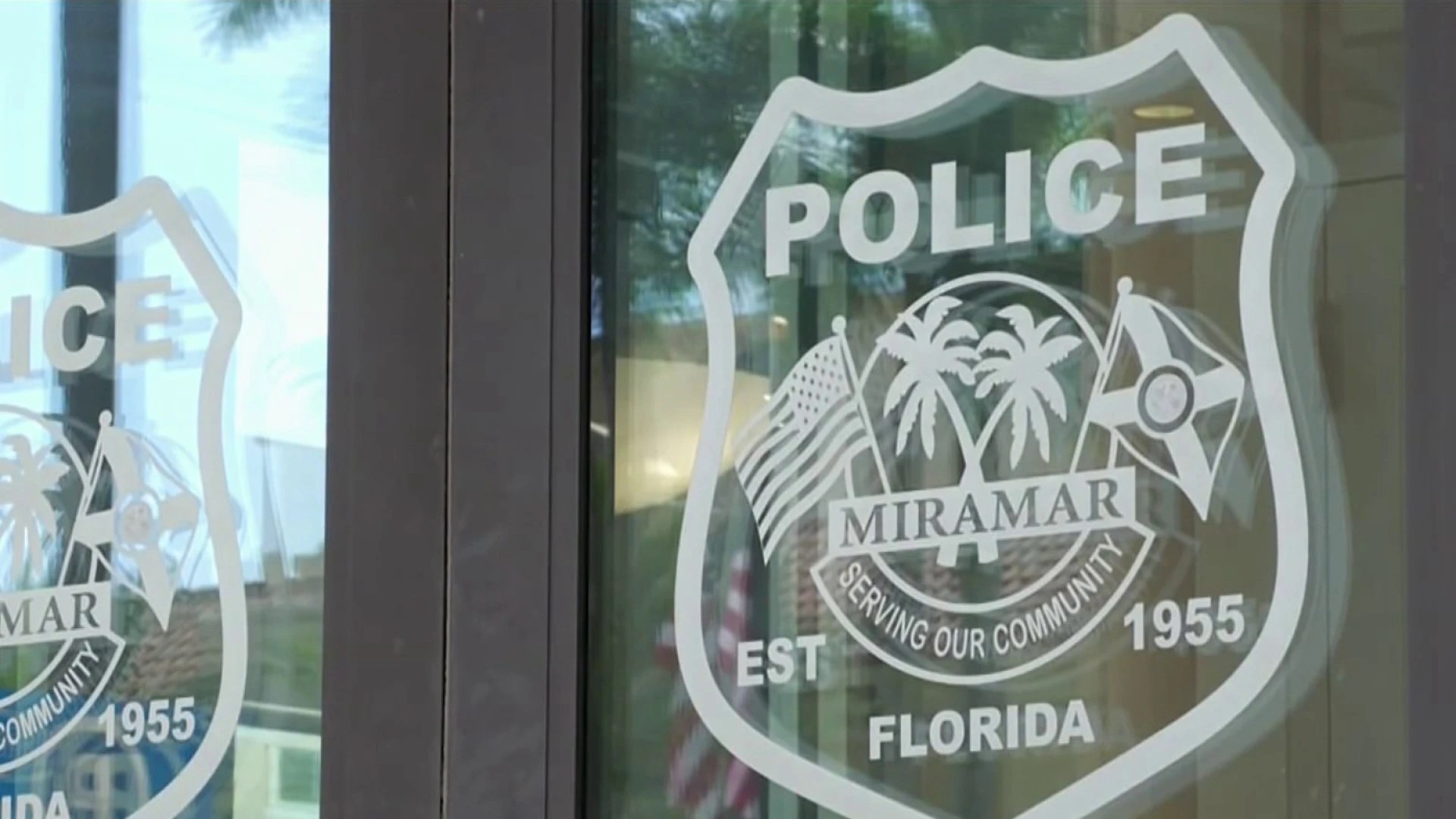In the classic baseball movie Field of Dreams, a baseball diamond was built in a cornfield. In what could be a disaster movie-in-production, Florida has built enough housing and infrastructure in the past decade to accommodate two and a half million new residents. It’s clear that a lot of building has been going on in the Sunshine State lately. But not ONE has come! Not a single hurricane has reached Florida since Major Hurricane Wilma in October 2005. On June 1st 2016 at the start of the Atlantic hurricane season, that’ll mark a record 10 years, 7 months and 8 days since the last landfall.
What’s most remarkable about this streak is that 66 hurricanes have tracked through the Atlantic since Florida’s last hurricane impact. According to Dr. Phil Klotzbach from Colorado State University (CSU), the odds of that happening are approximately 1 in 500.
66 hurricanes have tracked thru the Atlantic since FL's last hurricane impact. Odds are ~1:500 using 1966-2005 FL/basinwide ratio (9%) — Philip Klotzbach (@philklotzbach) May 25, 2016
That’s a really, really low BABIP.
Wait, what? Batting Average on Balls In Play! You weren’t expecting me to drop the baseball theme after the first sentence, were you? Baseball – my favorite sport – provides an excellent analogy on what’s been happening with tropical cyclones in the Atlantic basin of late.
When it comes to tropical threats, having had 66 “balls in play” – hurricanes -- over the last 10+ years without a single “hit” denotes a BABIP of ZERO in Florida. Yet the normal ratio of Florida landfalling hurricanes to Atlantic basinwide hurricanes – we’ll call it our Florida Hurricane BABIP -- is 9 percent. Had our Hurricane BABIP over the last decade remained close to the mean, we would’ve had 6 hurricanes hit the state! Instead, we had zero. But a good baseball analyst (or a baseball nut like me) knows that BABIP always reverts to the mean. We won’t be as lucky going forward, and eventually – unless there’s been a fundamental climatic change – we may see several hurricanes strike the state in a short span.
Local
This year, 2016, is particularly worrisome. While a normal to slightly more active than normal year is being predicted by the various seasonal prediction entities (CSU, NOAA, UK Met Office, WeatherChannel, etc.), there will likely be a La Niña to contend with this season. The powerful El Niño that helped suppress tropical cyclones in the Atlantic in 2015 has faded rapidly. If it’s replaced by La Niña, there’ll be more favorable conditions for tropical storms to mature into hurricanes.
While there are many other variables that can affect how many storms form, how strong hurricanes get, and where they go, there’s nothing pretty about this statistic: Florida is impacted by over twice as many hurricanes in La Niña compared to El Niño, as shown in the graph above. The blue bar shows 0.88 hurricane impacts per year or about 9 Florida hurricanes for every 10 La Niña years.
So, if we built it, will they come? I hope not! But it’s going to be very difficult to sustain our record lucky streak. Billions of dollars have been invested in property and infrastructure across the Sunshine State since our last hurricane strike. Florida is now more populous than New York State. South Florida’s metro area alone has seen its population increase by 500 thousand in the past 10 years. Complacency has set in. And many new neighbors have never had to face the threat of a hurricane.
There are reasons to be worried, and you need to be prepared.



